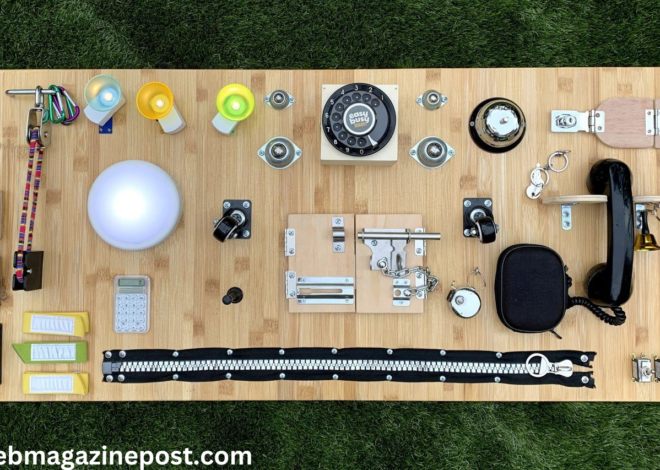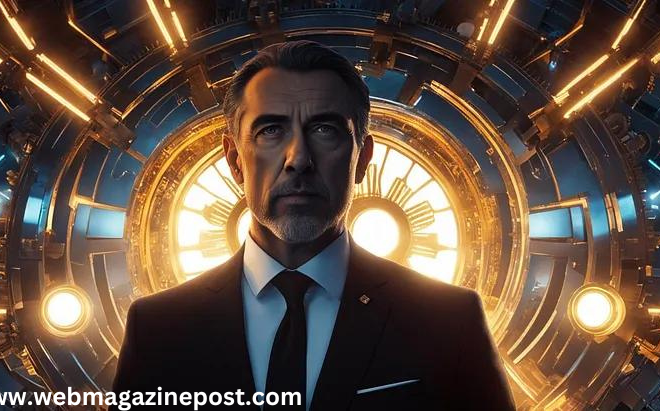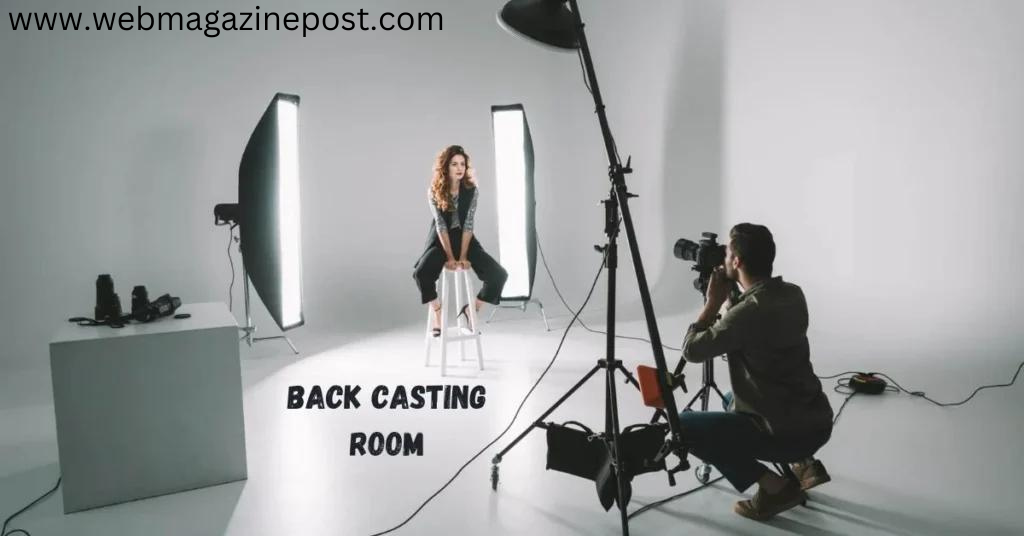
The Concept of Back Casting Room: 100% Comprehensive Guide to Visionary Approach to Strategic Planning
Introduction to Back Casting Room
When you think of film or theater production, Back Casting Room the first images that come to mind might be actors performing on stage or directors orchestrating scenes. However, behind every successful production lies a crucial but often overlooked process: casting. Among the different casting methods, backcasting is gaining traction. But what exactly is a back casting room, and why is it important?
History of Casting Rooms
Early Days of Casting
In the early days of film and theater, casting was a rudimentary process. Directors and producers would meet actors in informal settings, often relying on word of mouth and reputation. There were no dedicated spaces for auditions, and the process lacked the organization seen today.
Evolution of Casting Rooms
As the entertainment industry grew, the need for a structured casting process became evident. Casting rooms emerged as dedicated spaces where actors could audition in a controlled environment. This evolution allowed for a more systematic and fair selection of talent.
Technological Advancements
With the advent of technology, casting rooms have seen significant improvements. From high-definition cameras to online audition platforms, technology has streamlined the casting process, making it more efficient and accessible.
The Concept of Back Casting
Definition and Explanation
Backcasting is a method where the ideal end result is envisioned first, and then the steps needed to achieve that result are determined in reverse order. In a casting context, it means defining the perfect cast for a project and then working backward to find actors who fit those roles.
Differences Between Back Casting and Traditional Casting
Traditional casting often involves auditioning a wide range of actors and then narrowing down choices. Backcasting, on the other hand, starts with a clear vision of the desired cast and focuses efforts on finding specific actors who match that vision. This approach can save time and ensure a better fit for roles.
Purpose of a Back Casting Room
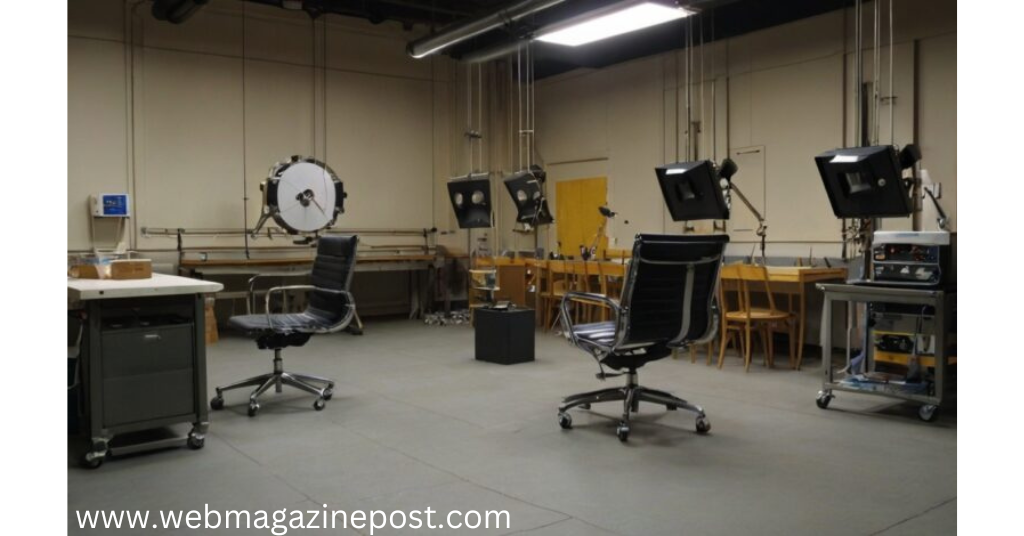
Improving Efficiency in Casting
Backcasting rooms are designed to make the casting process more efficient. By having a clear vision of the desired outcome, casting directors can streamline auditions and callbacks, reducing the time and resources spent on finding the right talent.
Enhancing Actor Selection Process
With a dedicated space equipped with the latest technology, backcasting rooms enhance the actor selection process. High-quality recordings and real-time feedback help in making more informed decisions.
Streamlining Production
Efficient casting leads to smoother production timelines. When the right actors are selected quickly and effectively, it minimizes delays and ensures that the project stays on track.
Setting Up a Back Casting Room
Essential Equipment and Tools
A backcasting room requires several key pieces of equipment:
- High-definition cameras for recording auditions
- Professional lighting to ensure clear visuals
- Quality microphones for capturing audio
- Computers and software for reviewing and editing footage
Space Requirements
The room should be spacious enough to allow actors to perform comfortably. It should also accommodate the necessary equipment and provide a waiting area for actors.
Technological Needs
Integrating technology such as AI for analyzing auditions and virtual reality for simulating scenes can significantly enhance the back-casting process. Reliable internet connectivity is also crucial for online auditions.
Key Features of an Effective Back Casting Room
Soundproofing
A soundproof room ensures that external noises do not interfere with auditions, allowing for clear audio recordings.
Lighting
Proper lighting is essential for capturing high-quality video. Adjustable lights can help create the perfect environment for different types of auditions.
Recording Equipment
High-definition cameras and professional audio equipment are vital for capturing detailed auditions that can be reviewed multiple times.
Comfortable Waiting Area
A comfortable waiting area with seating, refreshments, and entertainment options can help actors relax before their auditions, leading to better performances.
The Back Casting Room Process
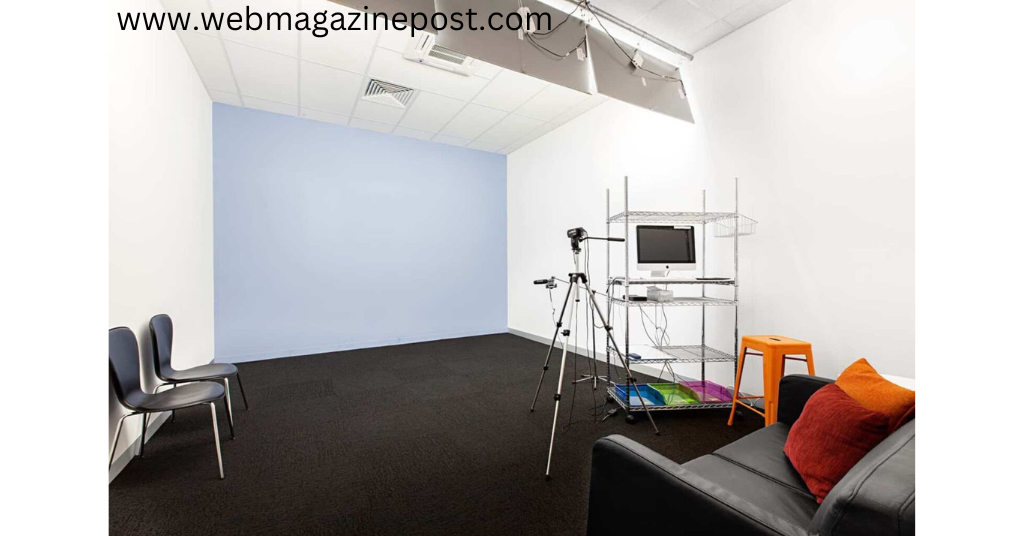
Initial Actor Selection
The process begins with reviewing headshots, resumes, and demo reels to shortlist potential candidates who fit the desired roles.
Screen Tests and Auditions
Shortlisted actors are invited for screen tests and auditions. These sessions are recorded and reviewed to assess the actors’ suitability for the roles.
Callbacks and Final Selections
Promising candidates are called back for further auditions. Final selections are made based on their performances and how well they fit the envisioned cast.
Roles and Responsibilities in a Back Casting Room
Casting Director
The casting director oversees the entire process, from initial actor selection to final casting decisions. They collaborate closely with the director and producers to grasp the project’s vision.
Assistants and Interns
Assistants and interns support the casting director by managing schedules, coordinating auditions, and handling administrative tasks.
Technical Crew
The technical crew handles the recording equipment, ensuring that auditions are captured in high quality. They also manage the technological aspects of the Back Casting Room.
Challenges and Solutions in Back Casting Room
Common Issues Faced
Challenges in backcasting include finding actors who perfectly match the envisioned roles, managing tight schedules, and handling technical difficulties.
Strategies to Overcome Challenges
To overcome these challenges, it’s important to have a clear vision, flexible schedules, and reliable technology. Continuous communication among the casting team also plays a crucial role.
Impact of Back Casting Room on Production
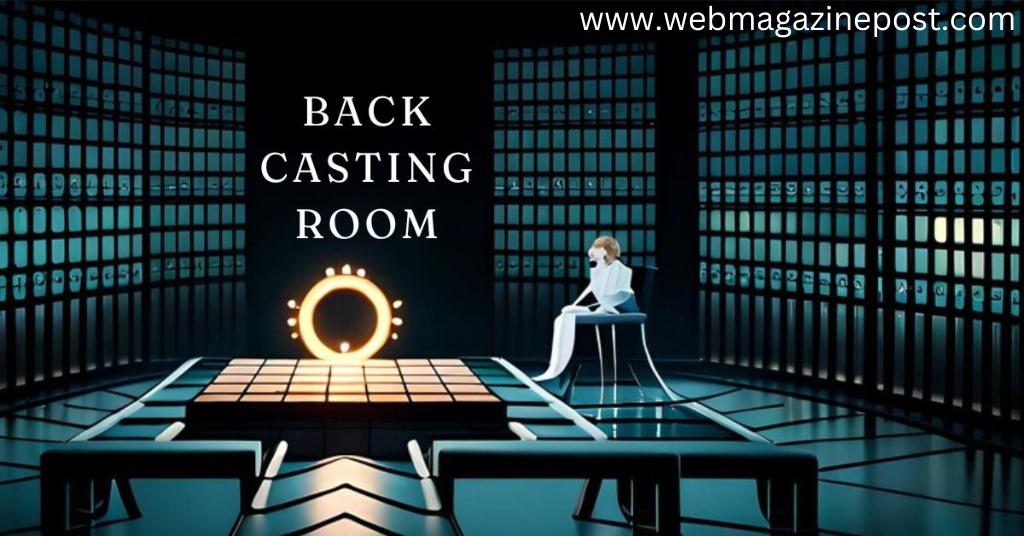
Case Studies of Successful Projects
Many successful projects have benefited from the back-casting process. For example, blockbuster films and hit TV shows have credited casting rooms with helping them find the perfect cast.
Feedback from Directors and Actors
Directors and actors often praise casting rooms for their efficiency and the quality of the casting process. Actors appreciate the comfortable and professional environment, while directors value the streamlined process.
Technological Integration in Back Casting Room
Use of AI and Machine Learning
AI and machine learning can analyze audition tapes to identify the best performances, predict actor compatibility, and even suggest casting decisions.
Virtual and Augmented Reality
Virtual and augmented reality can simulate scenes and environments, allowing actors to immerse themselves in their roles during auditions.
Training and Workshops for Back Casting Room Professionals
Importance of Continuous Learning
The entertainment industry is constantly evolving, and continuous learning is essential for staying updated with the latest trends and techniques in casting.
Available Courses and Certifications
Various institutions offer courses and certifications in casting. These programs cover topics such as casting techniques, technology integration, and industry best practices.
Future Trends in Back Casting Room
Predicted Innovations
Future trends in backcasting rooms include more advanced AI tools, greater use of virtual and augmented reality, and increased reliance on remote auditions.
The Future Role of Technology
As technology continues to evolve, its role in backcasting rooms will become even more significant, enhancing the efficiency and effectiveness of the casting process.
Case Studies and Success Stories

Notable Examples
Several notable examples highlight the success of back-casting rooms. For instance, critically acclaimed films and award-winning TV shows have used backcasting to assemble their casts.
Lessons Learned
These case studies provide valuable lessons on the importance of having a clear vision, utilizing technology, and maintaining a professional casting environment.
Conclusion
In conclusion, Back Casting Room plays a crucial role in modern film and theater production. By providing a structured and efficient casting process, they help ensure that the right actors are selected for the right roles. As technology continues to advance, backcasting rooms will become even more integral to the industry, shaping the future of casting.
FAQs
What is the difference between backcasting and traditional casting?
Backcasting involves starting with a clear vision of the desired cast and working backward to find actors who fit that vision, while traditional casting involves auditioning a wide range of actors and then narrowing down choices.
How does technology enhance the back-casting process?
Technology enhances the back-casting process by providing tools for high-quality recordings, AI analysis, and virtual reality simulations, making the process more efficient and effective.
What are the essential features of a backcasting room?
Essential features of a backcasting room include soundproofing, professional lighting, high-definition recording equipment, and a comfortable waiting area for actors.
What roles are essential in a backcasting room?
Essential roles in a backcasting room include the casting director, assistants and interns, and the technical crew responsible for recording and managing technology.
How can one become a professional in backcasting?
To become a professional in backcasting, one can pursue courses and certifications in casting techniques, technology integration, and industry best practices, and gain experience through internships and assistant roles.

